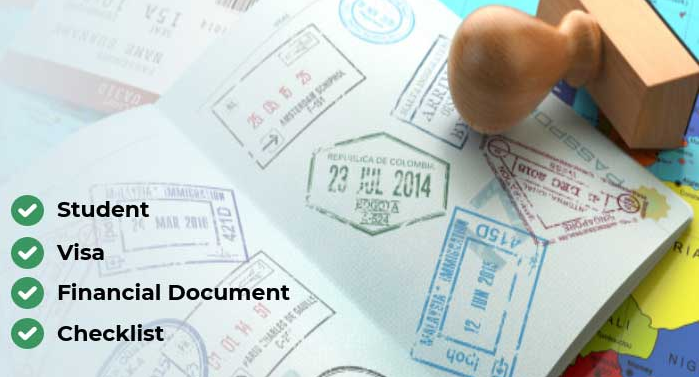In an ever-changing global landscape, international education continues to be a coveted dream for many aspiring students. However, pursuing higher education abroad has always been associated with financial challenges, and the bar has recently been raised even higher. Governments around the world are updating their policies and raising the minimum savings requirements for international students seeking visas to study in their countries. In this article, we’ll explore the reasons behind this change and guide prospective international students on how to navigate these new financial expectations.
Understanding the Increase
The increase in the minimum savings requirements for international student visas is a reflection of several factors. These changes are often made to ensure that international students can financially support themselves during their studies without becoming a burden on the host country’s resources. Some key reasons for the increase include:
- Economic Considerations: The cost of living and tuition fees have been rising in many countries. Governments want to ensure that students have sufficient funds to cover these expenses without relying too heavily on part-time work or public assistance.
- Post-Study Opportunities: Many countries are making efforts to retain international talent after graduation. By increasing the financial threshold, they hope to encourage students to stay and contribute to the local economy.
- Global Pandemic Impact: The COVID-19 pandemic exposed vulnerabilities in international student support systems. Governments are now taking steps to strengthen these systems by ensuring students have enough savings to weather unexpected financial challenges.
- Preventing Fraud: Stricter financial requirements help reduce the chances of fraudulent visa applications, where individuals may falsely claim they have sufficient funds to study abroad.
Navigating the New Requirements
As international students face these increased savings requirements, it’s essential to plan and prepare accordingly. Here are some steps to help you meet these expectations:
- Thorough Financial Planning: Before applying for a student visa, create a detailed budget that accounts for tuition fees, accommodation, transportation, and daily living expenses. Make sure you have the required amount of money saved and readily accessible.
- Scholarships and Financial Aid: Explore scholarship opportunities and financial aid programs offered by universities, governments, and private organizations. These can significantly reduce the financial burden.
- Part-Time Work: While part-time work can help with living expenses, it’s crucial not to rely solely on it to meet the minimum savings requirements. Check the work restrictions on your student visa and prioritize studies.
- Bank Statements and Documentation: Ensure your financial documentation is in order. Maintain accurate bank statements and other relevant documents to demonstrate your financial stability during the visa application process.
- Consult with Experts: Seek guidance from education consultants or visa advisors who can help you understand the specific requirements of the country you plan to study in.
- Consider Alternative Destinations: If the savings requirements in your desired destination prove to be unattainable, explore alternative countries or regions with more lenient financial prerequisites.
The increase in savings requirements for international student visas reflects the evolving landscape of global education. While these changes present challenges for aspiring students, they also ensure a more stable and sustainable environment for international education. By planning meticulously and seeking financial aid opportunities, you can still achieve your dream of studying abroad. Remember that these requirements exist to ensure you have a successful and fulfilling educational experience while abroad, so embrace them as a step towards achieving your academic and personal goals.


